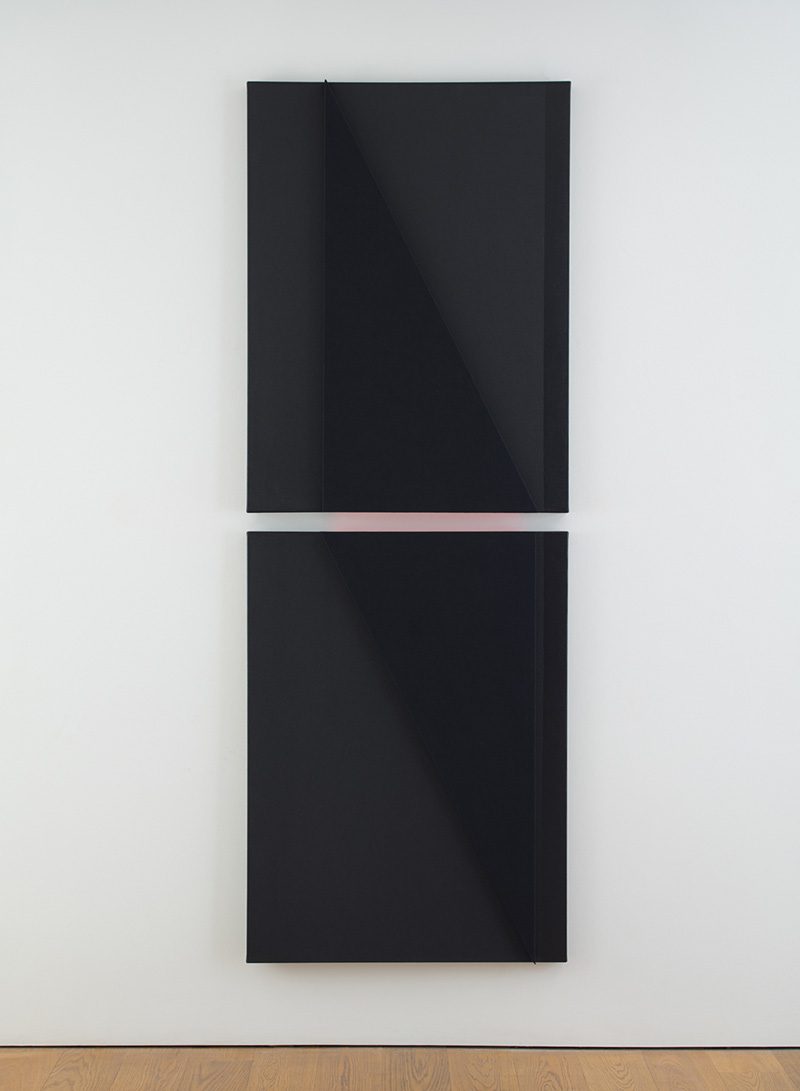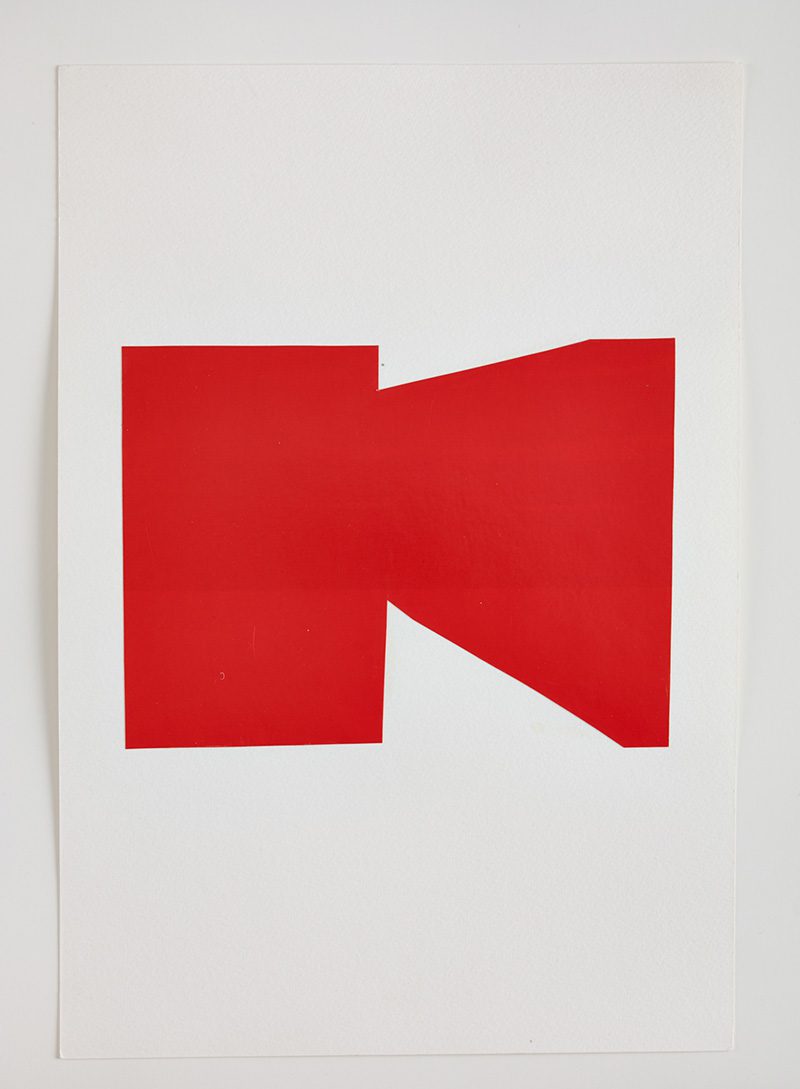ART CITIES:Houston-Jennie Jones
 Jennie C. Jones practice mines the territory of Abstraction Minimalism; Experimental Jazz and seminal political and social shifts, to reveal the complex and often parallel legacies of the mid-20th Century’s social, cultural, and political experimentations. Jones brings to light the unlikely alliances that emerged between the visual arts and the imprint of jazz, highlighting the way they became and continue to exist as tangible markers of social evolution and political strivings.
Jennie C. Jones practice mines the territory of Abstraction Minimalism; Experimental Jazz and seminal political and social shifts, to reveal the complex and often parallel legacies of the mid-20th Century’s social, cultural, and political experimentations. Jones brings to light the unlikely alliances that emerged between the visual arts and the imprint of jazz, highlighting the way they became and continue to exist as tangible markers of social evolution and political strivings.
By Efi Michalarou
Photo: Contemporary Arts Museum Houston Archive
The exhibition “Jennie C. Jones: Compilation” is a mid-career survey, which chronicles Jones’s practice over an eleven-year period and includes the artist’s iconic Acoustic Paintings, early works on paper, sculpture, and sound works. The exhibition also debuts a suite of new Acoustic Paintings along with a site-specific installation created for her presentation at Contemporary Arts Museum Houston (CAMH). Jones began working in drawing and collage in part because she didn’t have a studio in which to paint. Rather than see this lack of space as a limitation, the artist used it to focus on reducing visual information to its most essential state and translating sound into visual art. The earliest work featured in the exhibition is a suite of drawings titled “Speak”. The line drawings are sparse, discrete depictions of speakers and audio cable. She soon began to integrate collage into her drawings, often using found imagery featuring sound systems from magazines and product packaging. Her practice of reducing and fragmenting images of listening devices would generate several series of works on paper, including “Sony Walkman”, in which she extracted design elements of what was once the state-of-the-art listening device. Eventually, these early drawings started to manifest as real audio cables and other music residue into sculptures and large-scale wall installations. Several of these works, entitled “SHHH”, are featured in the exhibition. These works created with noise-canceling instrument cable, cable ties, and endpin jacks, are attached to nothing but the ceilings, walls, and floors. Jones seeks to transform these modest materials into a minimalist gesture, and they are as much about silence as they are drawings in space. From 2010 onward, her sculptures have been inspired, in part, by Marcel Duchamp. Jones often manipulates but does not alter everyday objects related to sound to generate implied sound although the works themselves are silent. The most recent sculpture featured in the exhibition is a specific homage to Duchamp, “Duchamp’s Inner Ear”. Jones frequently uses iconic phrasing from jazz vocalists and instrumentalists as raw material that she fragments, disrupts, and dissolves into associative sounds, which in turn function as distinct installations or in combination with sculpture or installations of ”Acoustic Paintings”. These Paintings are composed using monochromatic canvases with sound-absorbing panels that are highlighted with pops of color, “I always say they’re active even when there’s no sound in the room; they are affecting the subtlest of sounds in the space-dampening and absorbing even the human voice”. Since debuting the acoustic panel paintings in 2011, Jones has created three distinct series of paintings based on the “Tri-tone”-a musical term expressing a particular interval between notes. Included in her exhibition at CAMH are several suites of “Acoustic Paintings”, including her most recent body of work done in shades of blue, from midnight to navy.
Info: Cutator: Valerie Cassel Oliver, Contemporary Arts Museum Houston, 5216 Montrose Blvd., Houston, Duration: 12/12/15-27/3/16, Days & Hours: Tue-Wed & Fri 10:00-19:00, Thu 10:00-21:00, Sat 10:00-18:00, Sun 12:00-18:00, http://camh.org



